Photography is a captivating art form that enables us to freeze moments in time and capture the beauty of the world around us.
“Photography is a way of feeling, of touching, of loving. What you have caught on film is captured forever… It remembers little things, long after you have forgotten everything.” – Aaron Siskind
Whether you are a professional photographer or simply enjoy taking pictures as a hobby, this article will provide you with valuable insights, tips, and techniques to enhance your photography skills. From mastering composition to understanding lighting, there is a multitude of aspects to delve into. Let's explore the fascinating world of photography together!
Understanding Composition
Composition is the foundation of a visually striking photograph. It involves arranging various elements within the frame to create balance, symmetry, and visual interest. Here are some key elements to consider when composing your shots:
- Rule of Thirds: Imagine dividing your frame into a 3x3 grid, both horizontally and vertically. By placing your subject along these gridlines or at their intersections, you can create a visually pleasing composition.
- Leading Lines: Utilize natural or man-made lines within your scene to guide the viewer's eye toward your subject. This can range from roads and rivers to tree branches and architectural elements.
- Framing: Incorporate elements in the foreground to frame your subject, adding depth and focus to the image. This can be achieved by using doorways, windows, or natural frames such as tree branches.
“Beauty can be seen in all things, seeing and composing the beauty is what separates the snapshot from the photograph.” – Matt Hardy
Harnessing the Power of Lighting
Lighting plays a crucial role in photography; it can transform a mundane scene into something truly extraordinary. Here are some tips to help you understand and utilize different types of lighting:
- Golden Hour: The golden hour refers to the period shortly after sunrise or before sunset when the light is soft, warm, and diffused. During this time, shadows are longer, colors appear more vibrant, and the overall atmosphere is magical. Take advantage of this time to capture stunning landscapes and portraits.
- Backlighting: Experiment with backlighting by positioning your subject between the camera and the light source. This can create beautiful silhouettes or a halo effect around the subject, adding depth and drama to your photographs.
- Artificial Lighting: Explore the use of artificial lighting, such as external flash units or studio lights, to manipulate and control the lighting conditions in your photographs. This is particularly useful when shooting indoors or in low-light situations.
Mastering the Art of Portraiture
Portraiture allows you to capture the essence, emotions, and personality of your subjects. Here are some techniques to create compelling portraits:
- Eye Contact: Establishing eye contact with your subject can create a powerful connection in your photographs. Encourage your subject to look directly into the camera for a captivating and engaging portrait.
- Candid Moments: Capturing natural, unposed moments can result in authentic and emotionally rich portraits. Be patient, observe your subject, and anticipate when these moments might occur.
- Experiment with Depth of Field: Utilize a shallow depth of field by using a wide aperture (small f-number) to blur the background and draw attention to your subject. This technique can add a sense of intimacy and focus to your portraits.
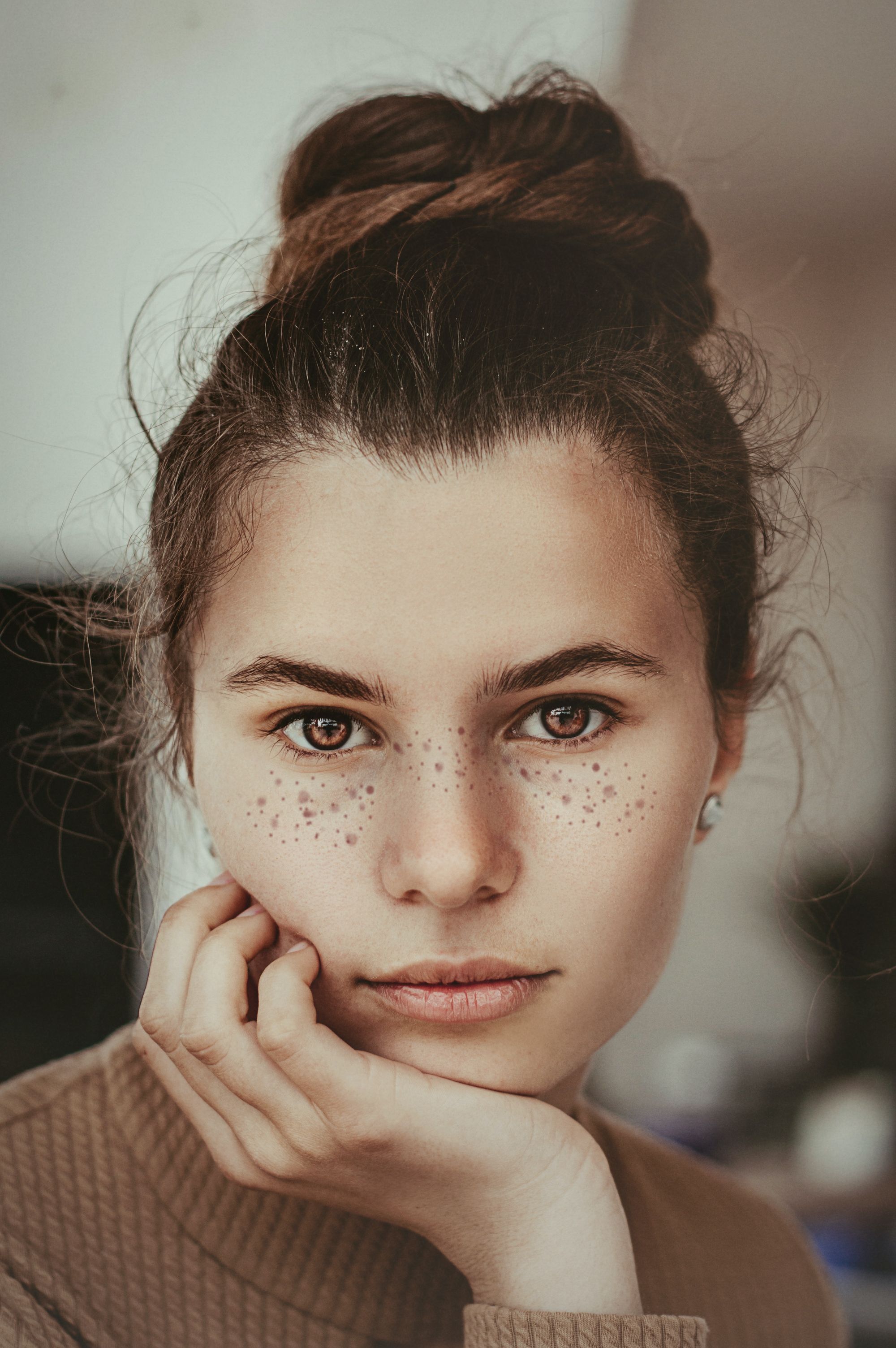




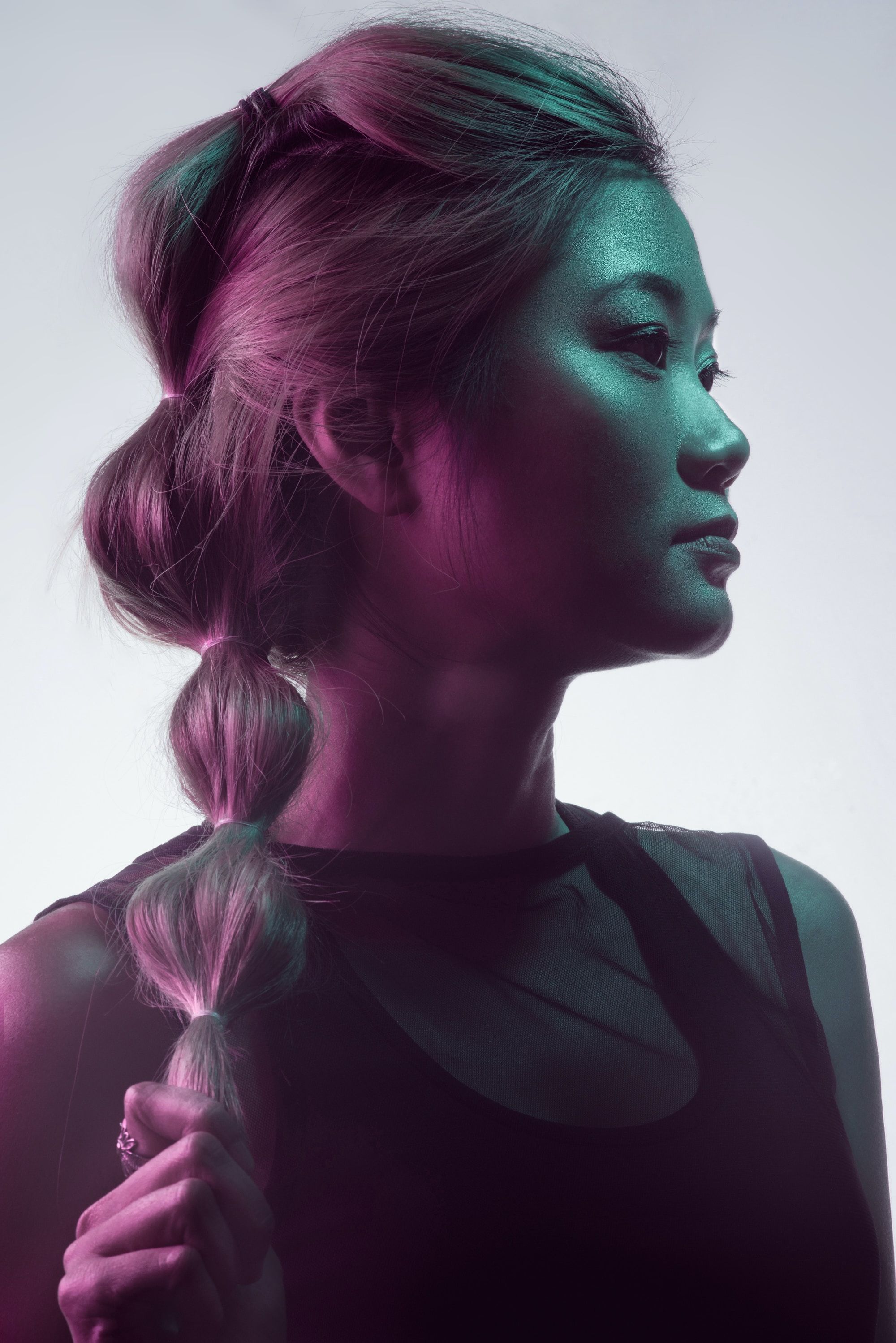
Portrait image gallery
Exploring Different Genres
Photography is a diverse art form, encompassing various genres that cater to different interests and subjects. Here are some popular photography genres you can explore.
Macro Photography
Dive into the miniature world, capturing intricate details of tiny subjects such as insects, flowers, or water droplets. Macro lenses or close-up filters can help you capture the fine textures and patterns that are often overlooked.
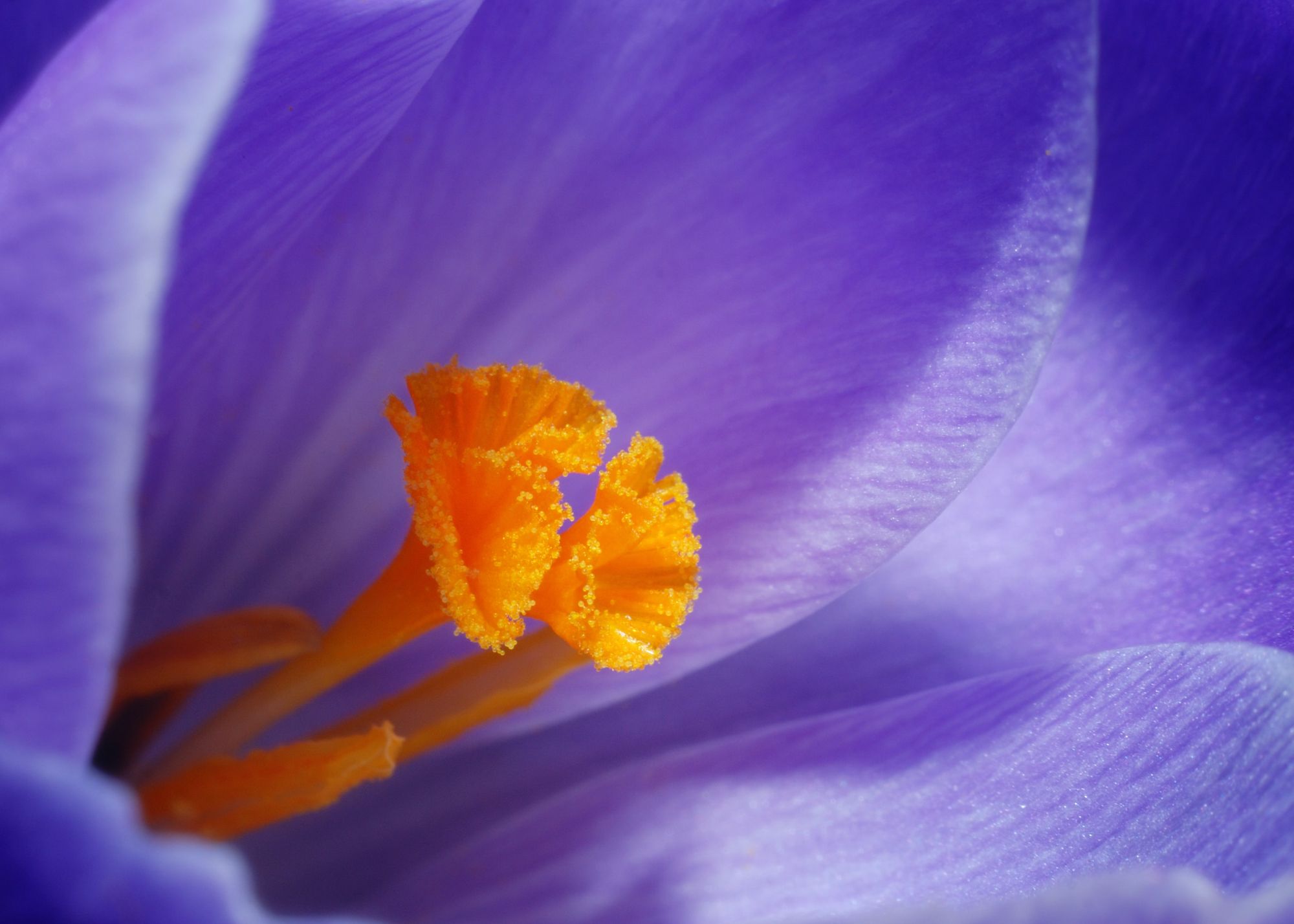
Landscape Photography
Immortalize breathtaking scenery, capturing the beauty of nature's wonders. Pay special attention to composition, lighting, and utilizing foreground elements to create an impactful landscape shot.
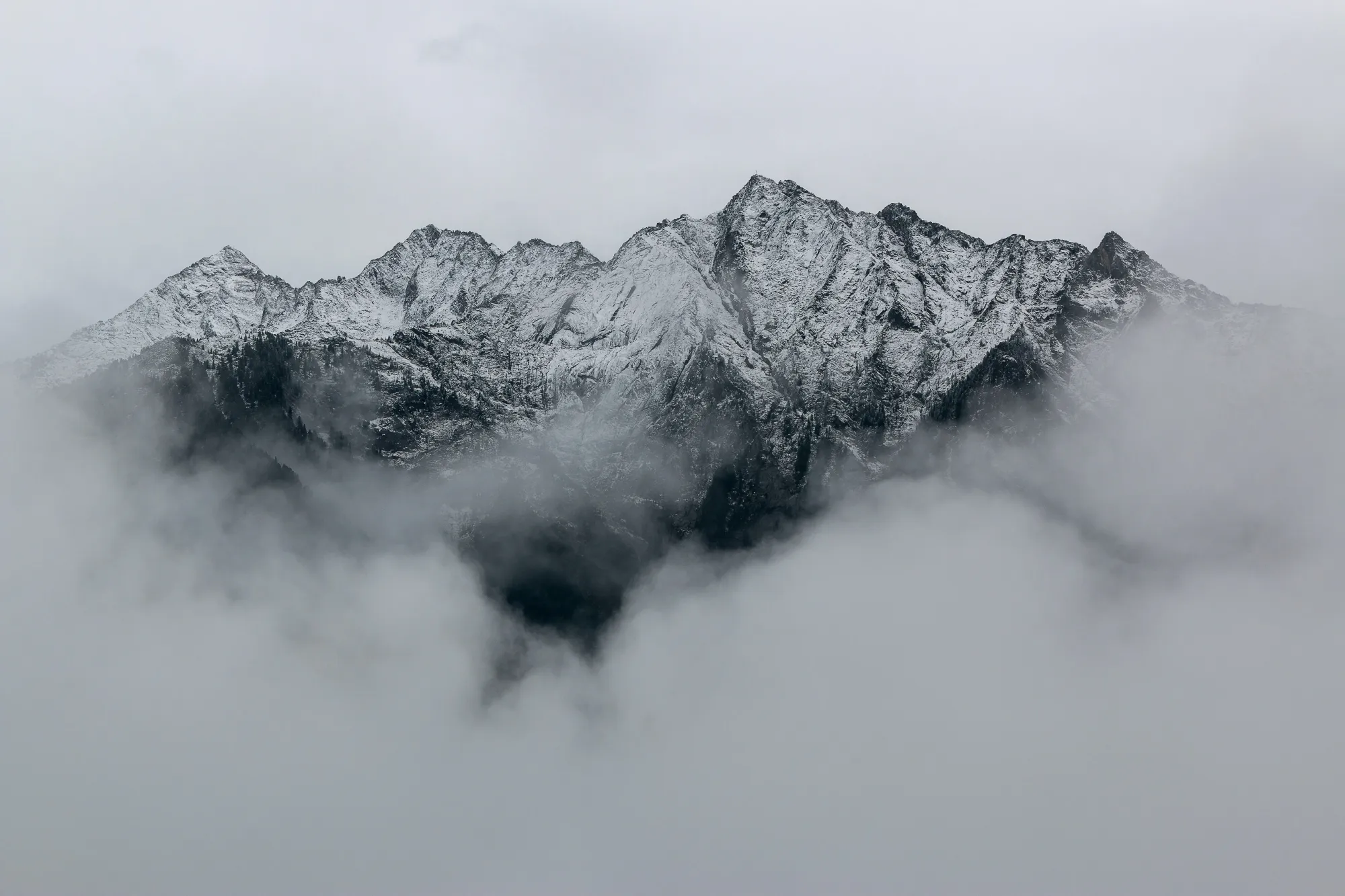
Street Photography
Venture into the hustle and bustle of city streets, photographing candid moments, people, and the unique essence of urban life. This genre requires quick reflexes, an eye for interesting subjects, and the ability to blend into your surroundings.
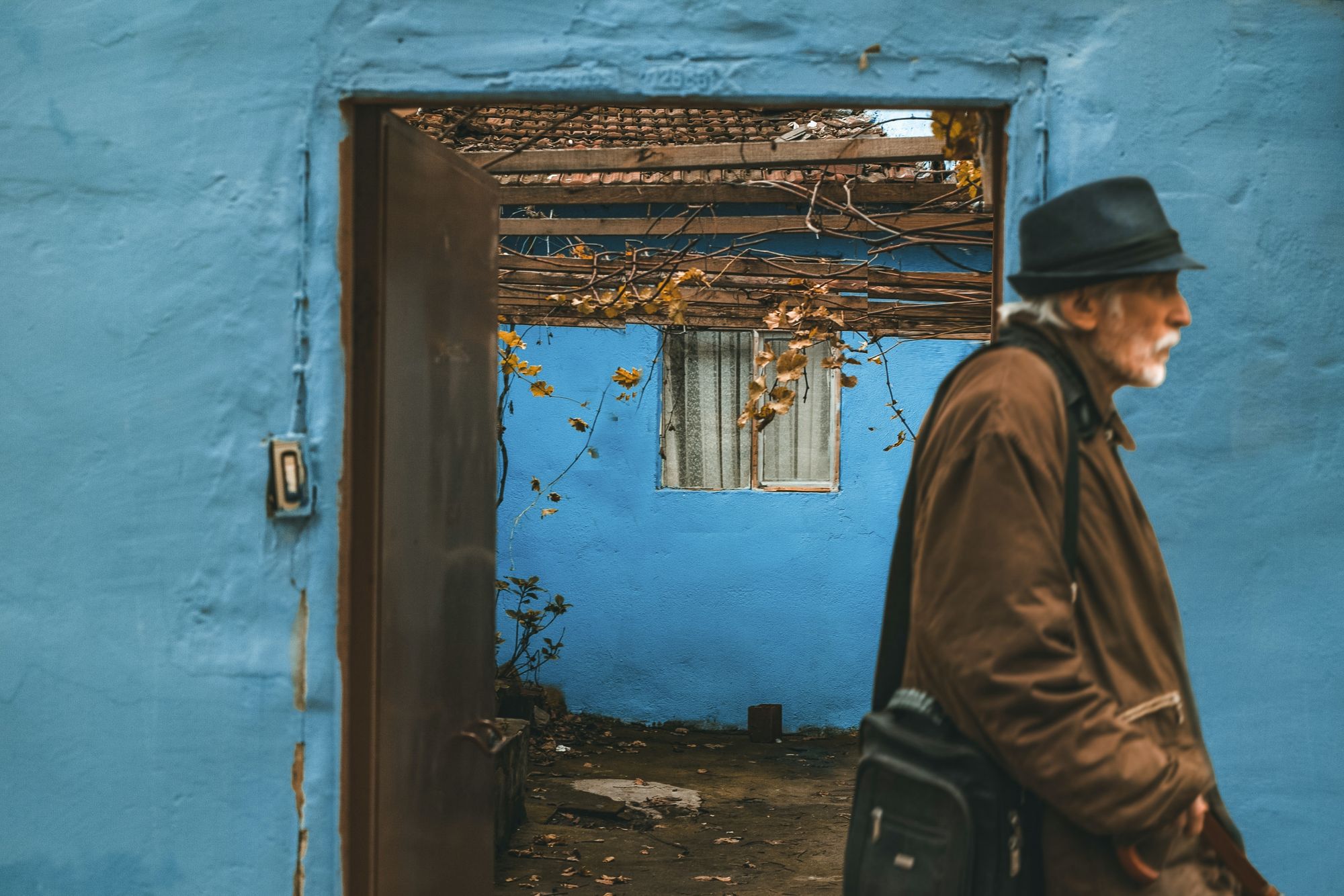
Post-processing: The Art of Editing
Post-processing is an essential step in digital photography, allowing you to enhance, polish, and convey your artistic vision. Here are some fundamental post-processing techniques:
- Adjusting Exposure: Fine-tune the exposure of your image by adjusting brightness, contrast, and highlights. This can be done using photo editing software such as Adobe Lightroom or Photoshop.
- Color Correction: Enhance or alter the colors in your photographs to evoke specific moods or create a unified color palette. Experiment with saturation, temperature, and tint adjustments to achieve the desired effect.
- Sharpening and Noise Reduction: Enhance the sharpness and clarity of your images while minimizing any unwanted noise. Use selective sharpening techniques to focus on the most important areas of your photograph.
Must-Have Gear and Accessories
To capture stunning photographs, investing in the right gear and accessories can make a significant difference. Here are some essential items to consider.
Choose a camera body that suits your needs and budget. Options range from compact point-and-shoot cameras to professional-grade DSLRs or mirrorless cameras.

Polaroid OneStep 2
The OneStep 2 is a new Polaroid camera that blends classic design with contemporary style. It's inspired by Polaroid's original OneStep, but updated to create a simple, easy-to-use instant camera that works straight out of the box.
Conclusion
Photography is a creative and rewarding pursuit that allows you to capture the world in a unique and personal way. By understanding composition, lighting, and mastering different photography genres, you can elevate your skills and capture stunning photographs. Remember to experiment, practice regularly, and most importantly, have fun while exploring the endless possibilities of photography!







